Monsanto aims for sustainable food security in partnership with Vietnamese farmers
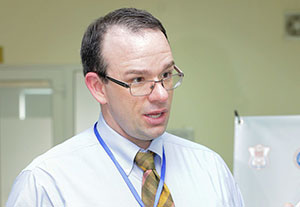 |
| Dr. Milton Stokes |
On the sidelines of the conference, Stokes talked to VIR’s Hong Anh about how Monsanto’s solutions can help Vietnam decrease food loss in order to better feed its people.
As you said in your presentation, one-third of the food that the world produces ends up in the garbage, unused. What is the reason for this?
Food wasting and food loss is a global problem. Food wasting is due to people purchasing more than they can eat, which usually happens in developed countries.
Vietnam is doing very well on the consumer side. The people are not wasting food. The challenge is more around food loss, which occurs on the production side, for example due to pests, insects, diseases of plants, and challenges in transportation and distribution so that the crops may not arrive to market in high-quality condition.
At the moment in Vietnam there are still some remote and mountainous areas where people are malnourished. All the while, Vietnam is suffering from food loss. How can the country alleviate this problem and improve nutrition and food security?
First of all, I would like to recognise that Vietnam has had tremendous success over the last several years in increasing the nutritional status of its people. It’s very clear that micronutrient deficiency has declined. A lot of that is due to enhancement in infrastructure, better roadways for example, and supplementation, for example providing Vitamin A supplement to children and mothers. And a big part of the improvement is due to the increased efficiency of agriculture thanks to innovations.
That being said, there is still room for improvement. And Vietnam is also facing challenges, the most significant of which is climate change. The country is at risk of flooding in some regions, and droughts in others. Part of the solution is working closely with farmers and a variety of stakeholders, including institutes and universities, to ensure that farmers help scientists and the public understand that innovation in agriculture is essential.
Which Monsanto technologies could help Vietnam?
We’re working with farmers and many key stakeholders to ensure everyone has access to balanced meals through the increased availability of better crops and animal source foods (meat, milk, and fish).
To enable sustainable food security, Monsanto is striving to equip farmers with innovative and sustainable food production systems like breeding, biotechnology, crop protection solutions, and data-driven services. These can help farmers improve productivity on their land while conserving scarce natural resources.
Of these I’m most excited about the digital solutions. Monsanto is engaged in a concept known as precision agriculture, or climate-smart agriculture, where farmers can use hardware to gather info from the soil and use software on their mobile phones to work with data from the soil and environment. This will help them make more effective and efficient decisions, saving time and money while bringing better yields.
Overall, Monsanto’s solutions will help Vietnam not only to grow enough food to feed people here but also to export. We’re not just talking about food security but also economic viability.
The digital solutions you just mentioned seem really new. What is the state of adoption of these solutions?
It’s spreading. At the moment millions of farmers all over the world are using our solutions, with the biggest number in India. Vietnamese farmers are eager to try new practices, so Vietnam is well-poised to be a leader in this area.
The solutions will surely help farmers produce more, but how will they help achieve sustainability?
Farmers all over the world are farming on an area approximately the size of South America. In the next few decades there will be an additional three billion people on this planet. How do we ensure there is enough food for all?
There are two solutions: one is to farm an additional South America. That means deforestation and using precious lands full of biodiversity. Nobody advocates for that.
The other, better solution is to intensify sustainability, using innovation and technology.
Over the last 20 years, arable land has collectively remained constant. With more people coming into the population, farmers have been very good farming the same amount of land.
Better seeds, better tools that can protect crops such as pesticides, and digital tools – all of these combined are how we achieve sustainability.
What the stars mean:
★ Poor ★ ★ Promising ★★★ Good ★★★★ Very good ★★★★★ Exceptional
Latest News
More News
- Dragon Capital Vietnam helps research Ca Mau Mangroves and Pu Mat National Park (November 22, 2022 | 13:46)
- Vietnam promotes sustainable agriculture (July 26, 2022 | 10:30)
- Mekong Delta Resilient Business Network officially debuts (May 09, 2022 | 09:07)
- Vietnam approves development scheme for seafood processing in 2021-2030 (August 18, 2021 | 16:45)
- Vietnam and Norway strengthen cooperation in marine aquaculture industry (May 22, 2021 | 16:24)
- HCM City develops support industry (March 12, 2018 | 15:25)
- Dekalb Vietnam delivers spring warmth to Son La farmers (February 05, 2018 | 16:26)
- Monsanto’s answer to Vietnam’s burgeoning nutrition demand (November 07, 2017 | 16:22)
- Dekalb Vietnam: four years of fostering talent (October 29, 2017 | 21:34)
- GM corn: the future of global farming 1 (September 14, 2017 | 16:04)

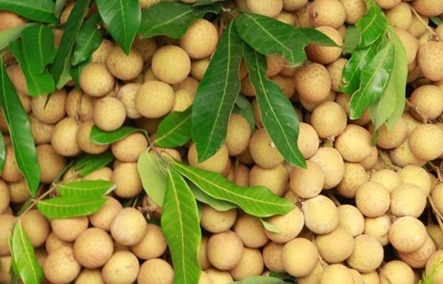
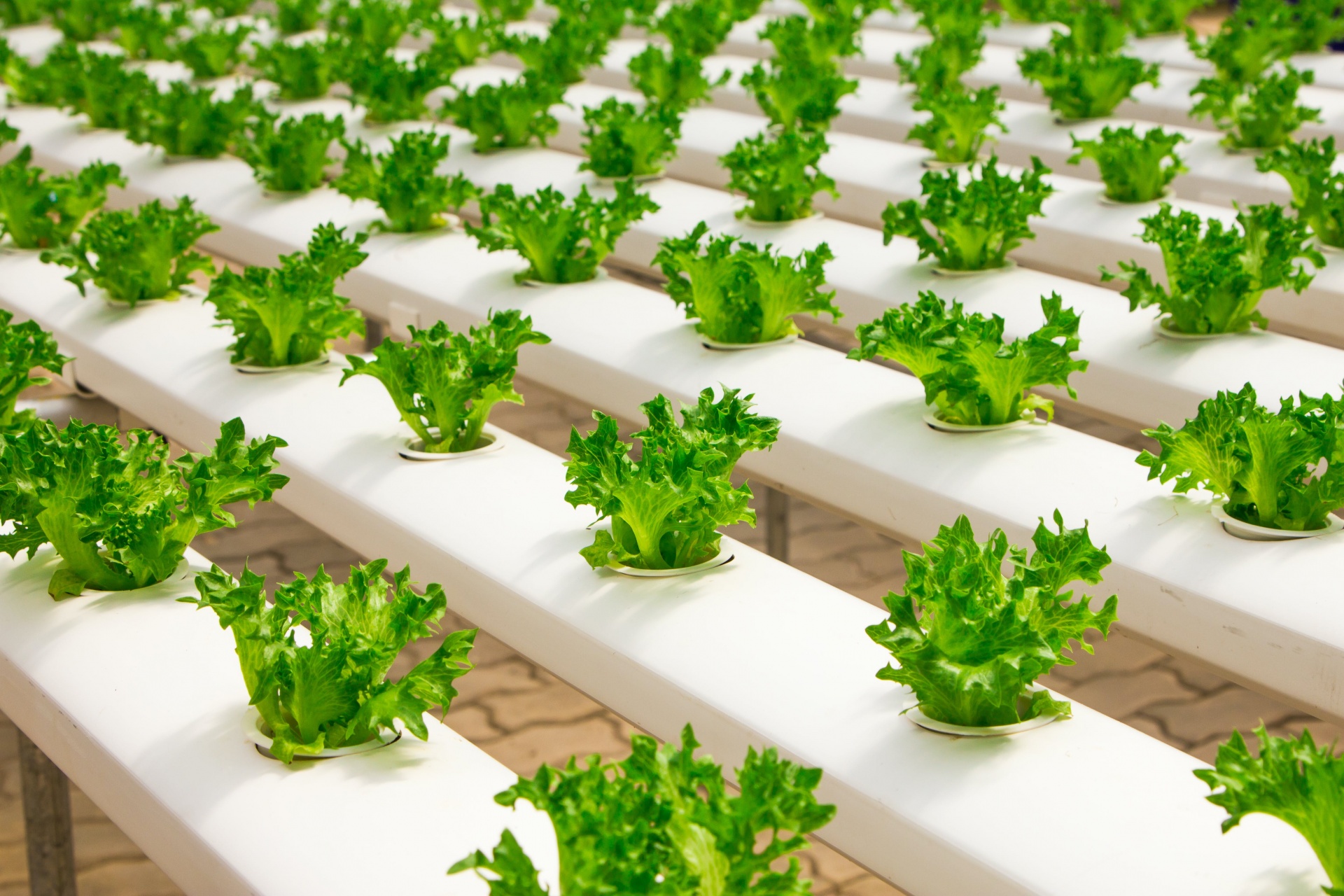
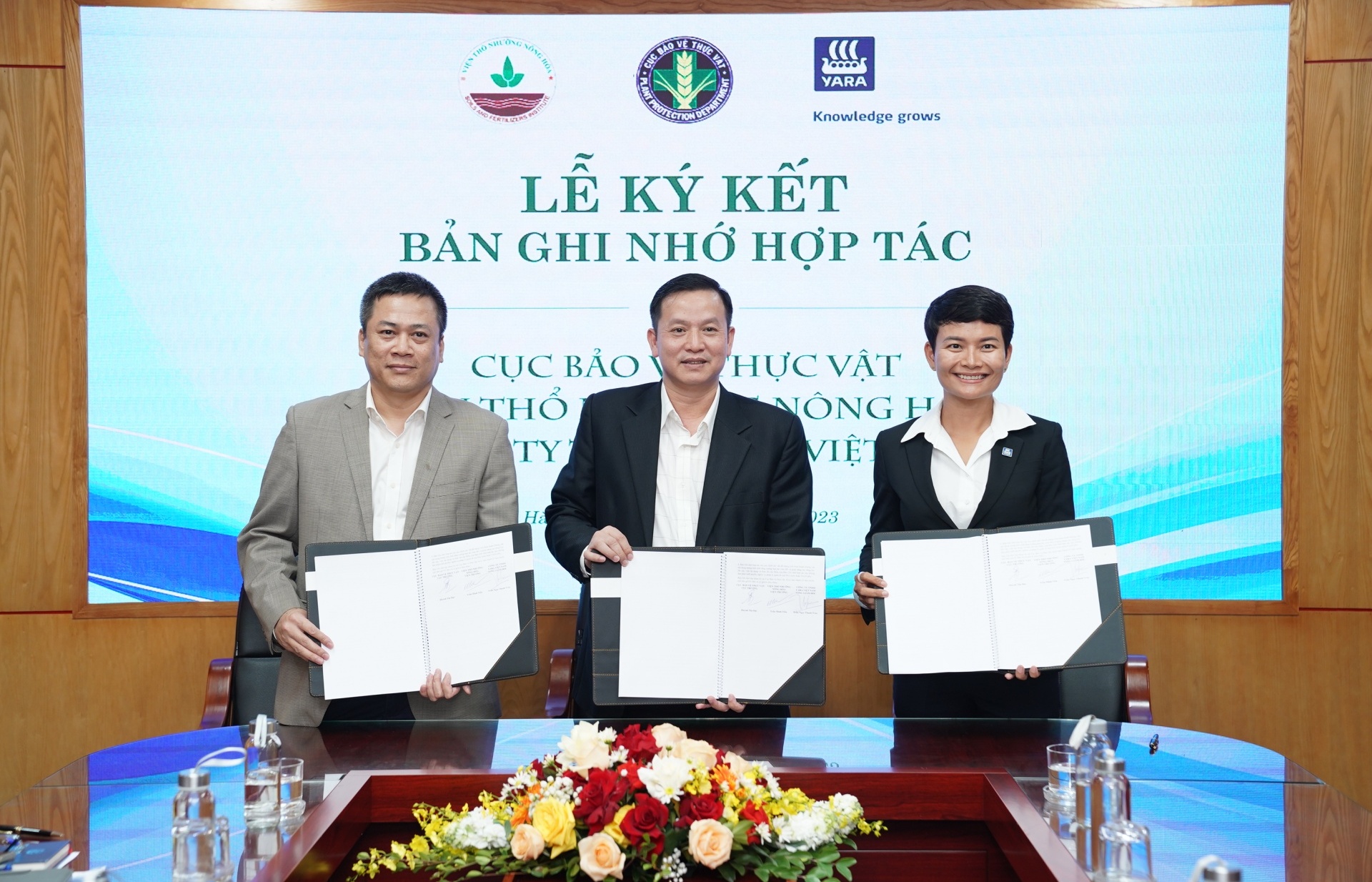
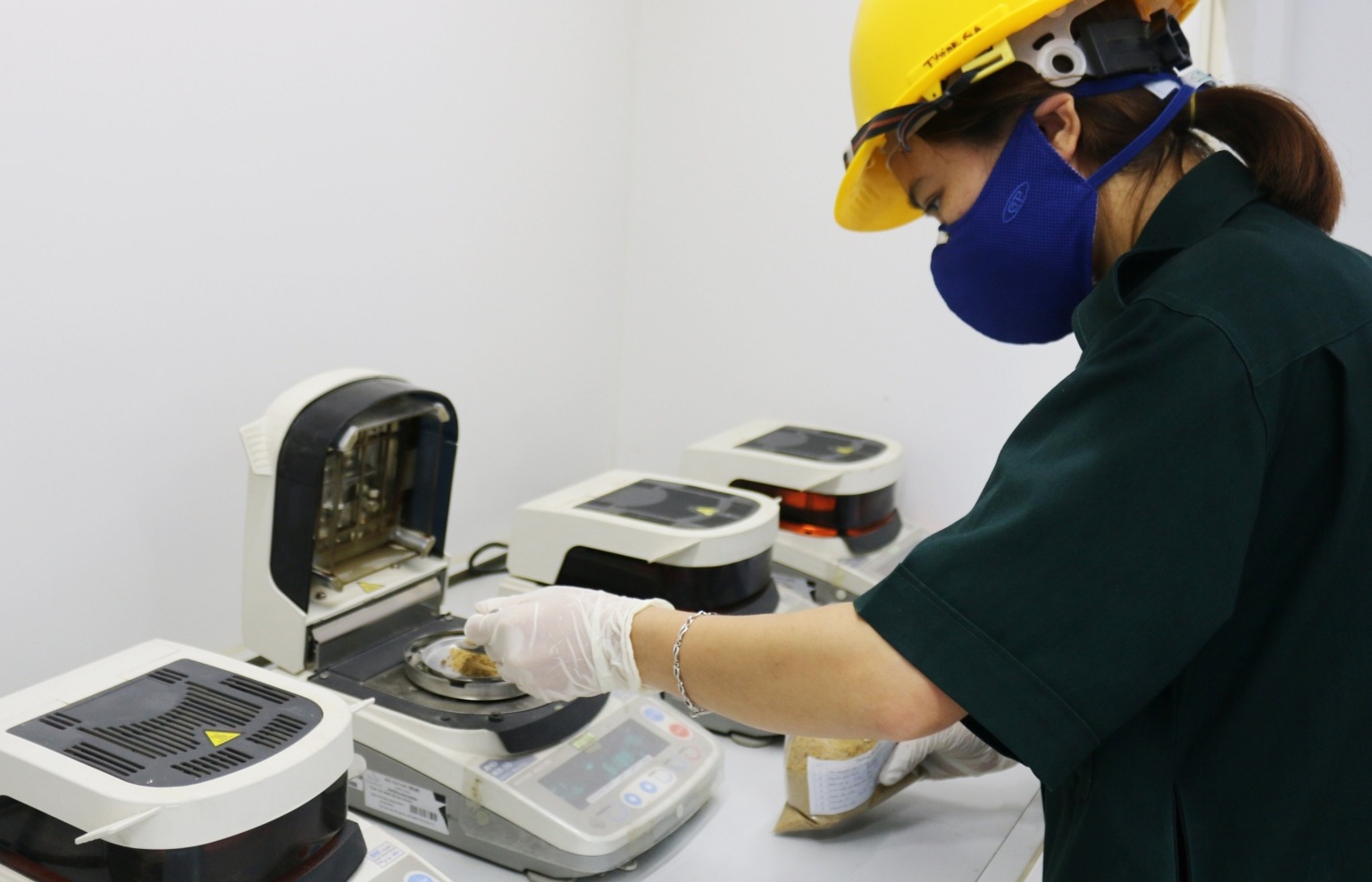
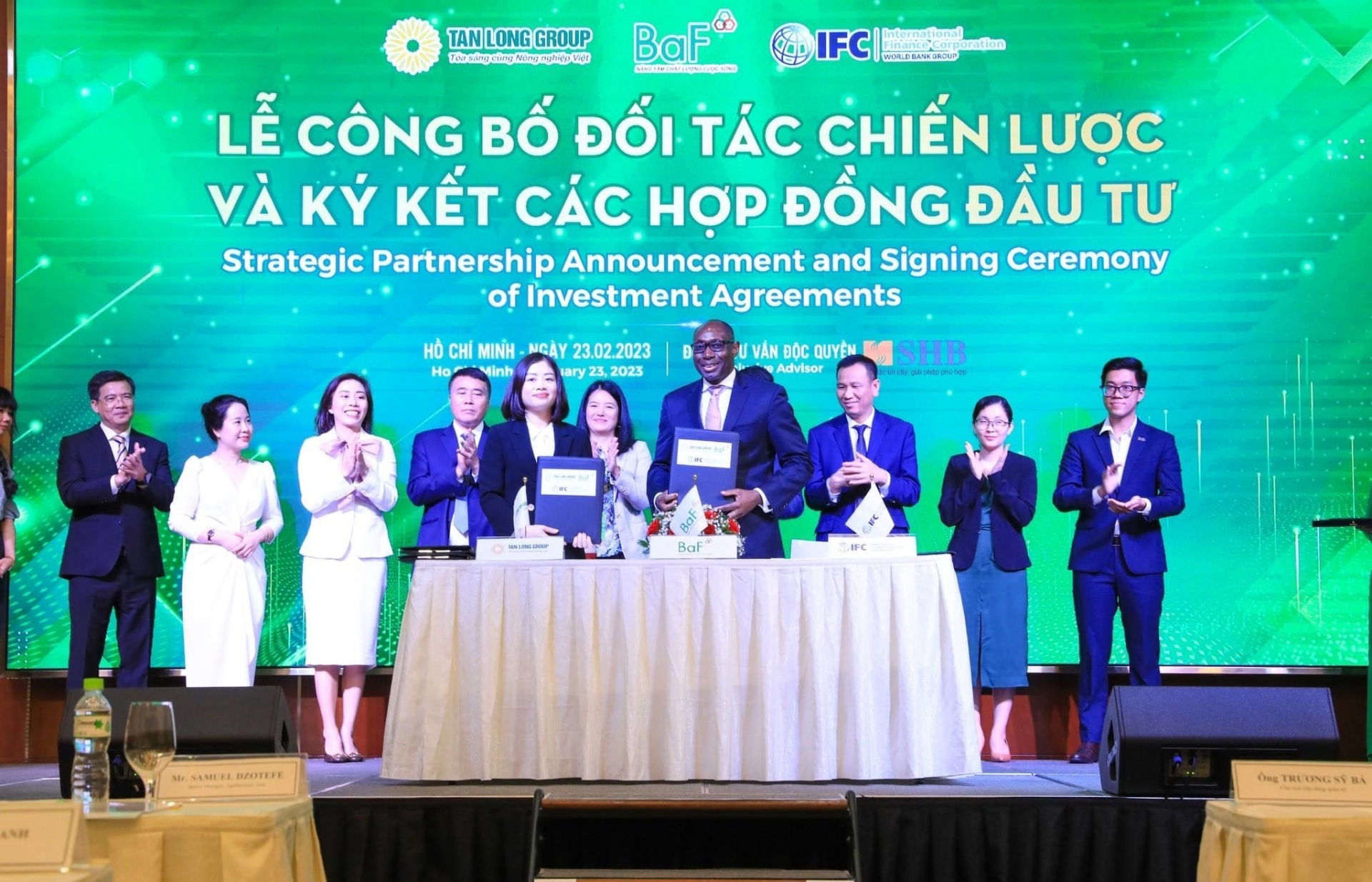
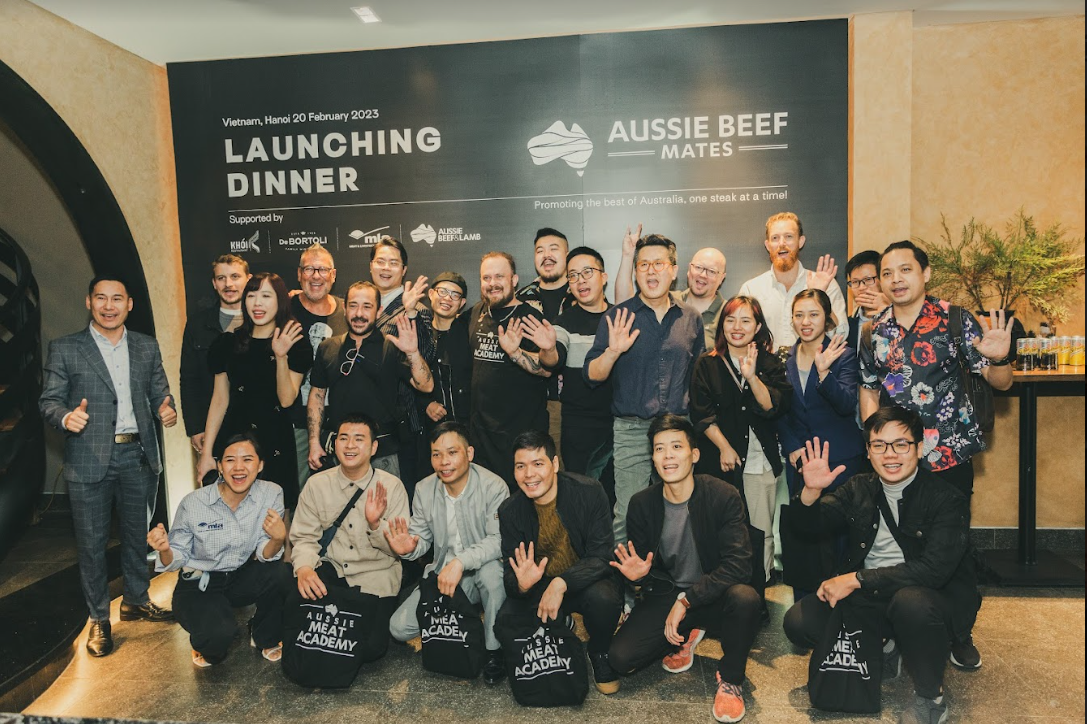


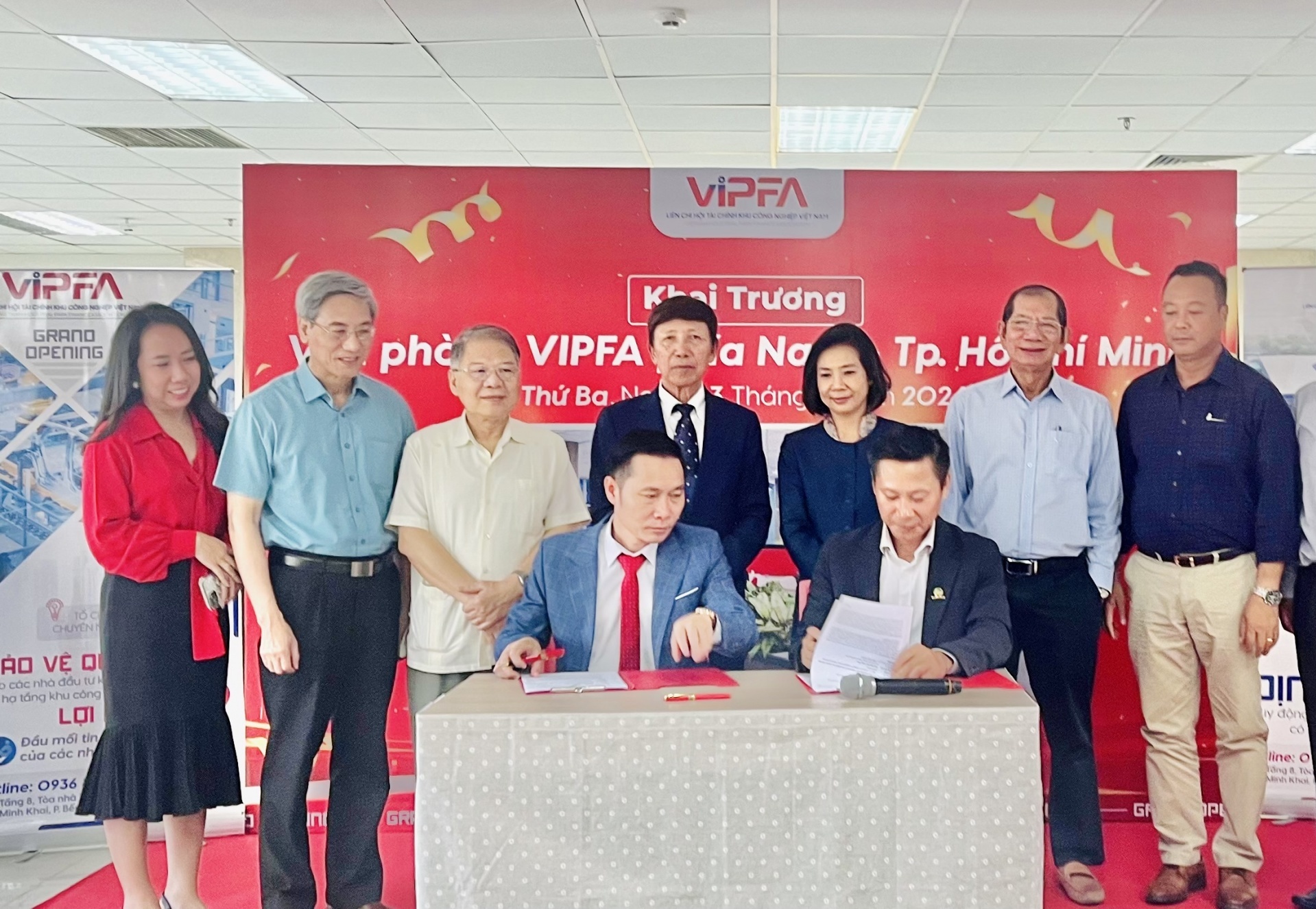
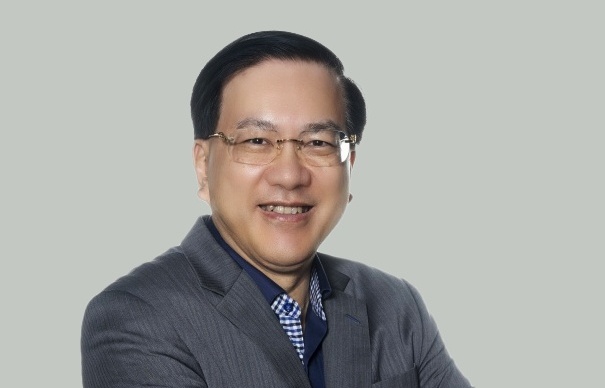
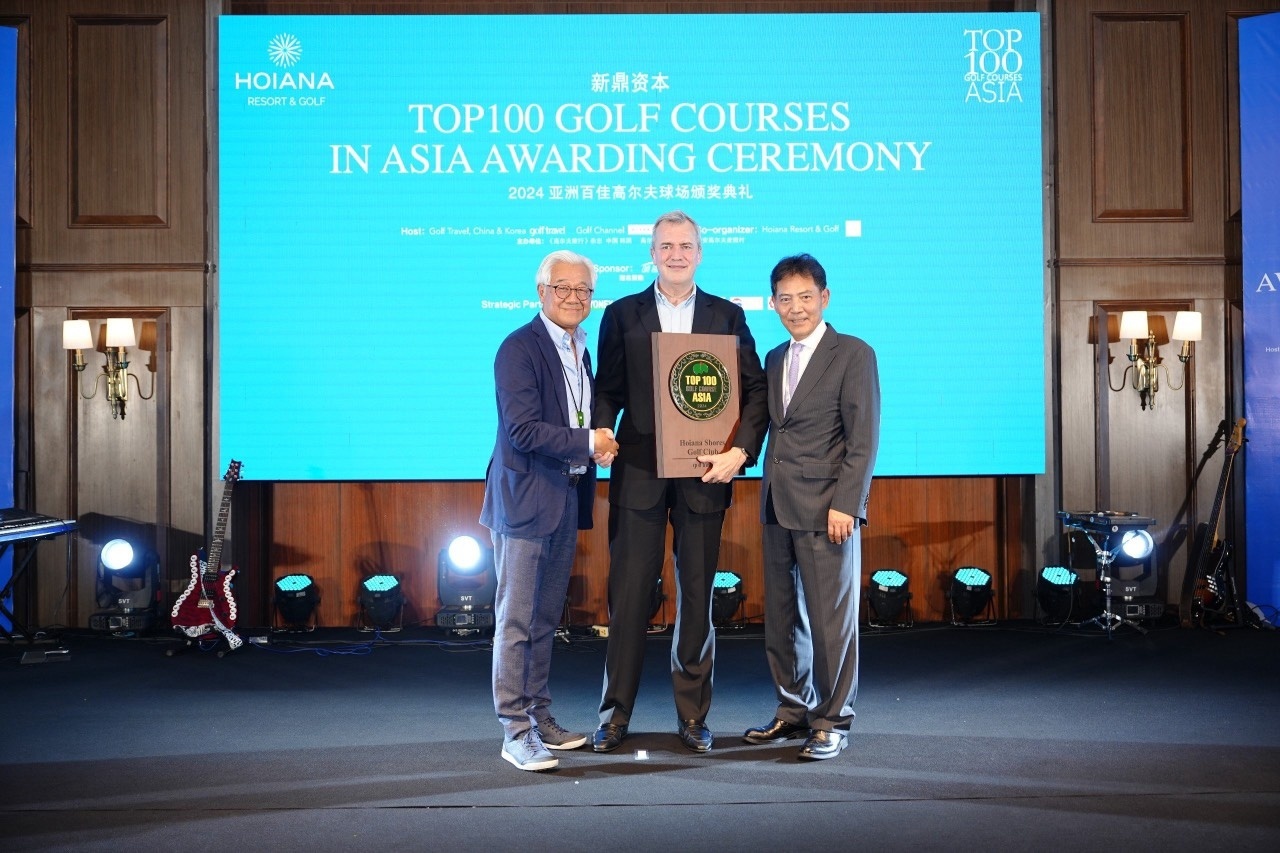
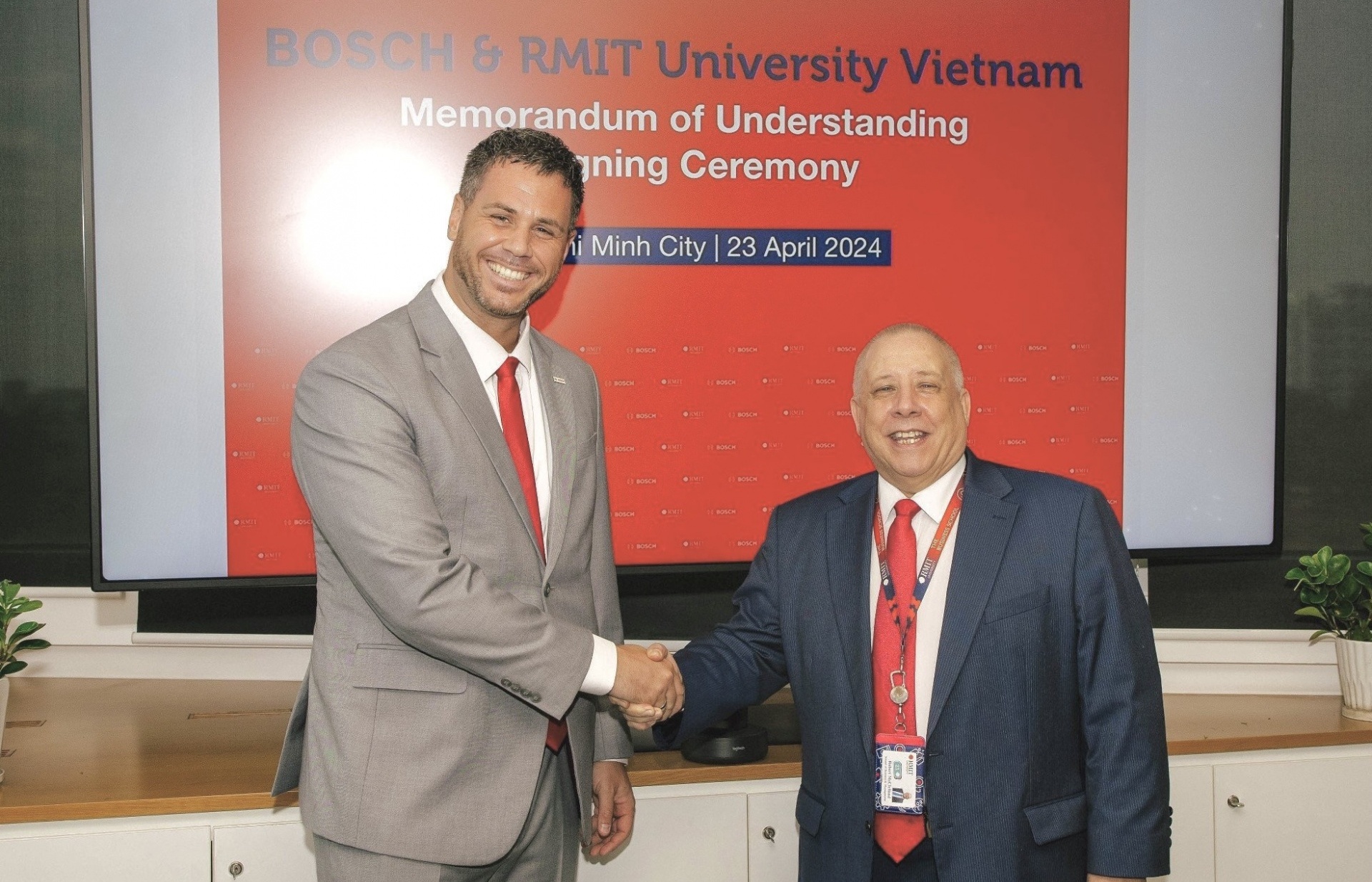



 Mobile Version
Mobile Version